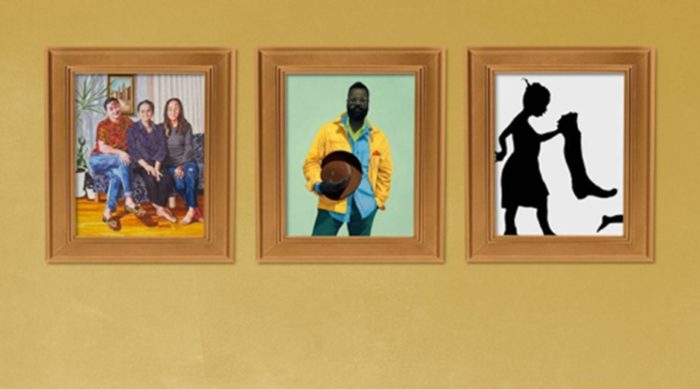
Image credit: National Gallery of Canada
Title: Illuminating the Canvas: Black Art and Its Absence of Light
Review by Hussein El Hajj Hassan
On the evening of Thursday, September 14, 2023, the National Gallery of Canada Auditorium in Ottawa came alive with the screening of a documentary that would leave an indelible mark on the hearts and minds of its viewers. “Black Art: In the Absence of Light,” directed and produced by Sam Pollard, was presented in partnership with the Embassy of the US in Ottawa, Canada. The event was enriched by opening remarks in English with French simultaneous interpretation, shedding light on the remarkable contributions of African American artists to the contemporary art world.
Inspired by the legacy of the late artist and curator David Driskell, this illuminating documentary takes us on a journey through the artistic landscape, introducing us to some of the foremost African American artists shaping today’s contemporary art scene. Among these luminaries are Theaster Gates, Kerry James Marshall, Faith Ringgold, Amy Sherald, and many more. The film’s narrative seamlessly weaves together the past and present, using the landmark exhibition “Two Centuries of Black American Art” as its guiding star.
“Two Centuries of Black American Art,” curated by David Driskell at the Los Angeles County Museum of Art (LACMA), is at the heart of this documentary. The film not only explores this groundbreaking exhibition but also delves into the diverse journeys of Black American artists before and after this watershed survey. With a runtime of 85 minutes, “Black Art: In the Absence of Light” masterfully captures the essence of these artists’ lives, work, and enduring impact.

Image credit: National Gallery of Canada
Kerry James Marshall, one of the featured artists, vividly recounts his awe and inspiration when, at the tender age of 21, he attended “Two Centuries of Black American Art.” His wide-eyed enthusiasm is palpable as he describes the sheer scope of the show and the wealth of artwork that had previously existed only within the pages of books. Marshall’s words serve as a reminder of the profound importance of seeing art in person, a sentiment shared by artists and art enthusiasts alike.
The film also opens with a memorable moment featuring the erudite David Driskell. Clad in a cream-colored suit, he appears on national television alongside Tom Brokaw, eloquently discussing the aims of his exhibition. This moment is twofold in its significance. On one hand, Driskell elucidates the inherent representation at the heart of “Two Centuries,” a pivotal exhibition in the art world. On the other hand, he is a black man speaking to a broader audience on “The Today Show.” In doing so, Driskell not only shares the importance of representation within the art world but also heightens awareness among black people in critical and distinct ways.
“Black Art: In the Absence of Light” shines a bright spotlight on the enduring legacy of these artists and their unwavering commitment to breaking barriers. Their work not only challenges traditional norms but also redefines the boundaries of contemporary art. Through their creative expressions, they inspire generations to come.
As viewers, we are invited to witness the journey of artists who have transcended adversity, societal norms, and artistic conventions. Their stories are a testament to the power of art as a medium for change, self-expression, and cultural transformation.
The partnership between the National Gallery of Canada and the Embassy of the US in Ottawa, Canada, brought this extraordinary cinematic experience to the heart of the nation’s capital. It serves as a testament to the importance of fostering cultural exchange and dialogue, transcending geographical borders, and celebrating the rich tapestry of artistry that knows no boundaries.
In conclusion, “Black Art: In the Absence of Light” is a poignant exploration of the African American artistic experience. It takes us on a journey through history, showcasing the struggles, triumphs, and enduring legacy of Black American artists. Through the lens of this documentary, we witness the transformational power of art and the importance of representation. The film’s impact extends beyond the screen, challenging us to reevaluate our understanding of contemporary art and the narratives that shape it. This screening at the National Gallery of Canada Auditorium was not merely an event; it was a celebration of art, culture, and the profound influence of Black artists on the global stage.

Hussein El Hajj Hassan is a Lebanese-born journalist and researcher who has recently relocated to Canada. Hussein’s journey began in 2011, where he began his career as a political activist advocating for peace, human rights, and sustainability. With his specialization in investigative and political journalism, Hussein is a skilled writer in both English and Arabic languages.
